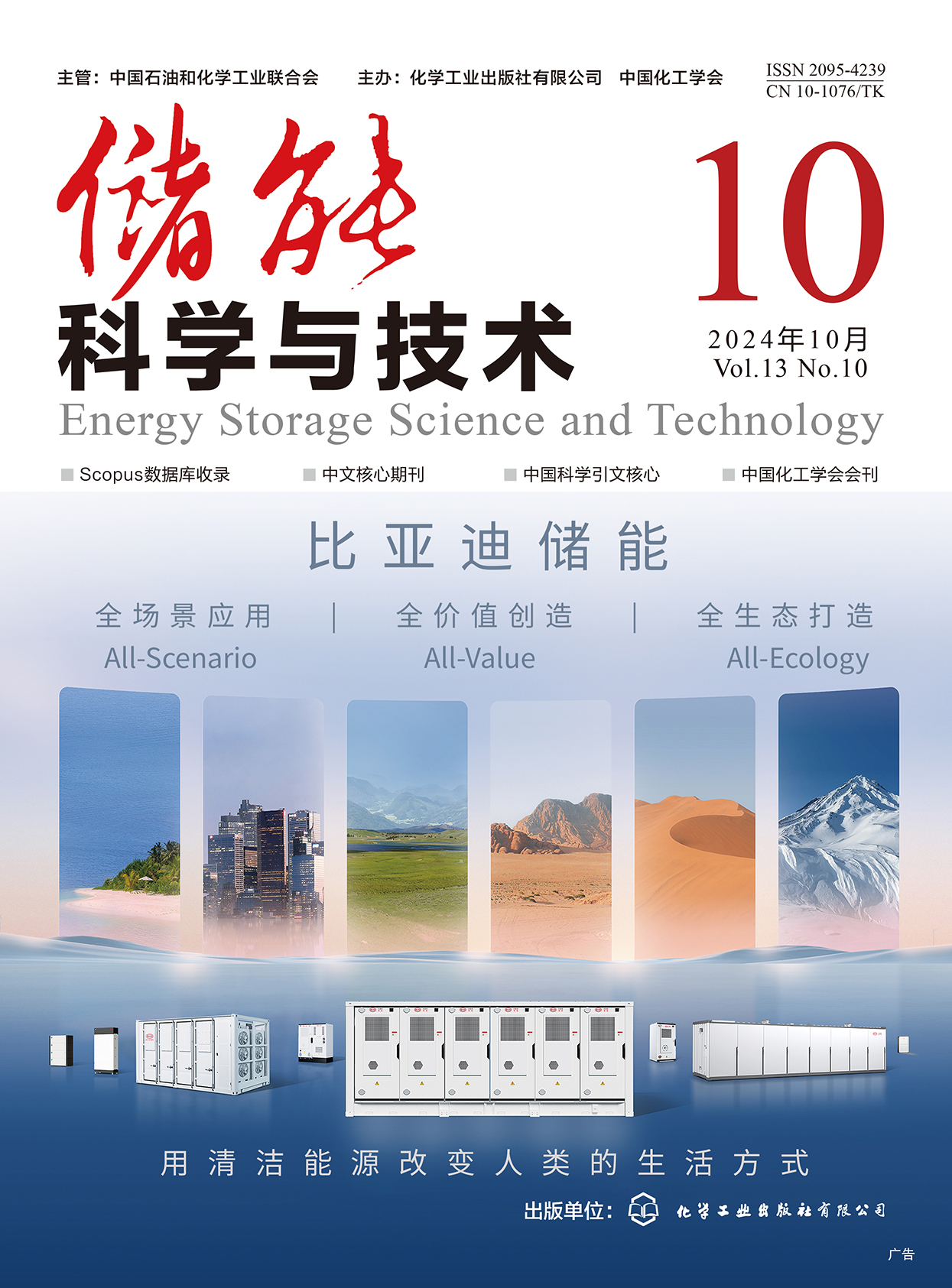Gravity energy storage offers numerous advantages, including high safety, low cost, long lifespan, no attenuation of stored energy, short construction period, and environmental friendliness. In particular, slope gravity energy storage leverages the natural incline of mountains to reduce construction costs and minimize the use of flat land resources. The proposed technology is a promising approach for large-scale, long-term energy storage. However, slope gravity energy storage systems exhibit high coupling between mechanical and electrical dynamics, and the existing simulation model makes it challenging to fully describe their dynamic characteristics. To address this issue, this study introduces a multi-software collaborative modeling approach for the mechanical and electrical co-simulation of slope gravity energy storage systems. First, a mechanical system frame model, including the slope, track, load car, and mass block, was constructed using Solidworks, a three-dimensional mechanical design software. The model from Solidworks is then imported into the multi-body dynamics simulation software Adams, where the connection between the load car and the chain transmission mechanism is established, resulting in a complete mechanical system model. Finally, the mechanical model from Adams was imported into Simulink, where it was integrated with the electrical model to obtain a mechanical-electrical joint simulation model. The proposed multi-software co-simulation model was compared with an independent Simulink simulation model under normal and abnormal power grid conditions. The results indicate that the multi-software co-simulation model provides a more comprehensive description of the dynamic characteristics of slope gravity energy storage systems. Consequently, this model can better support the power characteristic analysis, safety evaluation, and mechanical parameter optimization design of slope gravity energy storage.

